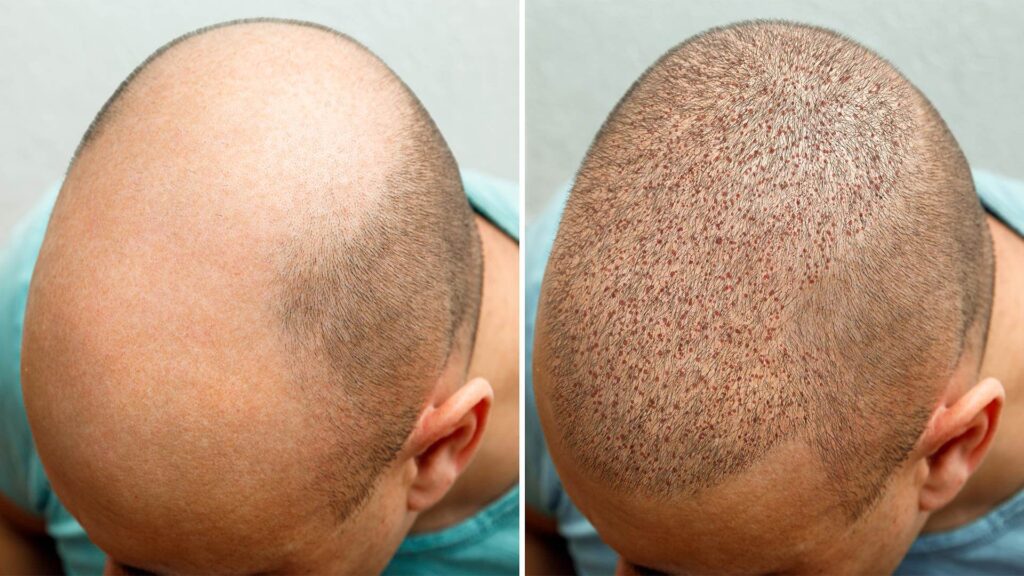Comparing Hair Transplant Surgery to Other Ways to Grow Hair
Deciding between hair transplant surgery and non-surgical options depends on what you prefer, how much you can spend, and how much hair you’ve lost.

Losing hair bothers many people, and they look for ways to get it back. There are different ways to restore hair, like surgery or non-surgical options. Let’s look at hair transplant surgery and compare it to other methods that don’t involve surgery.
Hair Transplant Surgery:
Hair transplant surgery is when doctors move hair from one part of the body to a balding area. They usually take hair from the back or sides of the head and put it where it’s needed. There are two main ways to do this: Follicular Unit Transplantation (FUT) and Follicular Unit Extraction (FUE). Here are some good things and things to think about:
Good things about Hair Transplant Surgery:
- Hair Stays:
The new hair stays forever because it’s not affected by the hormone causing hair loss.
- Looks Natural:
The new hair grows naturally and looks like the rest of the hair, so it’s hard to tell it’s been transplanted.
- Easy to Take Care Of:
After the new hair grows, it’s easy to take care of, just like natural hair.
- Works Well:
Hair transplant surgery works well and is a trusted method.


Non-Surgical Options:
- Medicines:
Some medicines, like minoxidil, can help grow hair, but you need to use them a lot and for a long time.
- Pills:
Pills, like finasteride, can stop more hair loss, but they might have side effects.
- Laser Treatment:
Laser combs or helmets use low-level lasers to help hair grow, but results vary, and you need to use them regularly.
- Platelet-Rich Plasma (PRP) Therapy:
This involves taking a bit of blood, processing it, and injecting it into the scalp to help hair grow, but it might need many sessions.


What Works Better:
Hair transplant surgery is more likely to give good and lasting results compared to non-surgical options, which might only work for some people.
Cost:
Hair transplant surgery costs more upfront, but non-surgical options need continuous spending on medicines, treatments, or devices.
Safety:
Hair transplant surgery is usually safe, but like any surgery, it has risks. Non-surgical options might have fewer risks, but some medicines can have side effects.
Deciding between hair transplant surgery and non-surgical options depends on what you prefer, how much you can spend, and how much hair you’ve lost. For a permanent and natural look, many people find that hair transplant surgery gives the best results. It’s a good idea to talk to a doctor to make the best choice for you based on your situation and goals.








